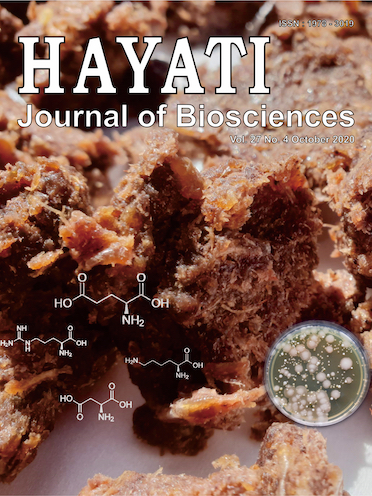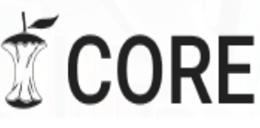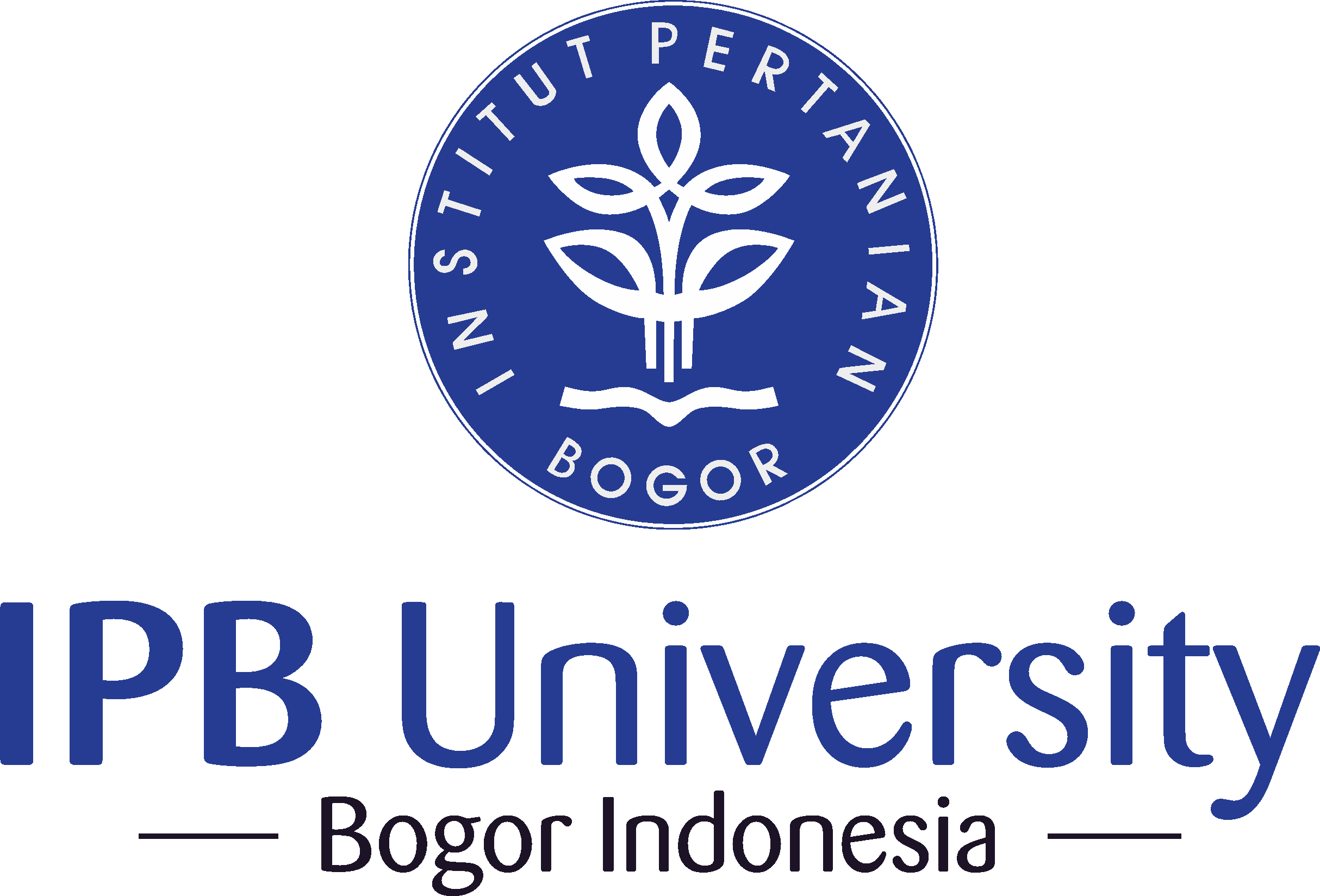An Optimization Model for Environmental Ergonomics Assessment in Bioproduction of Food SMEs
Abstract
Environmental ergonomics in bioproduction of food Small Medium-sized Enterprises (SMEs) become a concern and need to be optimized. An optimization model was developed using a Genetic Algorithm (GA). The weight of an Artificial Neural Network Model was used as a fitness function for GA. The research objectives were: 1) To design an environmental ergonomic assessment system for bioproduction of Food SMEs, 2) To develop an optimization model for environmental ergonomic assessment using a Genetic Algorithm. GA is utilized to search optimal set points of environmental ergonomics based on the predicted fitness values. Each chromosome of GA represents the environmental ergonomics value. The parameters were heart rate, bioproduction temperature, distribution of bioproduction relative humidity and light intensity. The target of the optimization model was the bioproduction temperature set points. The research result indicated the model generated optimum values of environmental ergonomics parameter in bioproduction of food SMEs. The parameters could be used to provide standard workplace environment for the sustainability of food SMEs.
Downloads
HAYATI J Biosci is an open access journal and the article's license is CC-BY-NC. This license lets others distribute, remix, tweak, and build upon author's work, as long as they credit the original creation. Authors retain copyright and grant the journal/publisher non exclusive publishing rights with the work simultaneously licensed under a https://creativecommons.org/

























.png) IPB University
IPB University Department of Biology
Department of Biology The Indonesian Biological Society
The Indonesian Biological Society 

